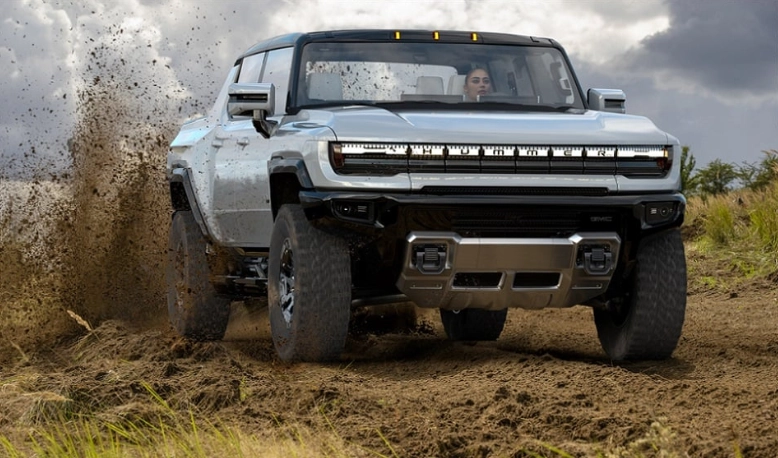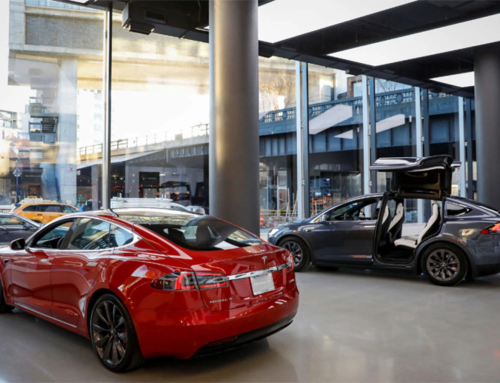
Resource-Hungry Big EVs: Electrification Not a Panacea

Electrification of cars
News on May 7, the promotion of EVs is one of the important measures to deal with the climate crisis, but in the US auto market, more and more electric vehicles are becoming large and expensive, which not only discourages ordinary consumers, but also brings harm to the environment. Here comes the extra burden.
A key goal of U.S. President Joe Biden’s climate plan is electrification of U.S. cars. Transportation is the largest source of greenhouse gas emissions in the United States, and electric vehicles can significantly reduce tailpipe emissions compared to traditional gasoline or diesel vehicles.
Biden wants more than half of all new car sales in the U.S. to be electric by 2030, up from less than 5% today.
However, many hurdles still need to be overcome to achieve this goal. First, the average price of an EV is still $15,000 more than the average non-luxury gasoline car. Second, Americans’ enthusiasm for large SUVs and pickups has also affected the development of the electric vehicle market.
It is estimated that by 2025, 78% of new vehicle sales in the United States will be SUVs, pickups or vans.
That preference has automakers rolling out large electric SUVs and pickups in hopes of reaping higher profits.
For example, General Motors announced that it would discontinue production of the Chevrolet Bolt electric vehicle by the end of the year and shift its production line to make larger and more expensive electric pickups such as the Chevrolet Silverado and GMC Sierra.
The Chevrolet Bolt is one of the cheapest EVs on the market, priced at under $30,000, and qualifies for a $7,500 tax credit for EVs in the Inflation Cut Act passed last year.
In addition to GM, other automakers have also jumped into the big EV race. Ford launched the electric version of its best-selling pickup F-150, Tesla released the Cybertruck concept pickup, and even the Hummer, once regarded as a gas tiger, was resurrected and launched a new electric version at a high price of $110,000.
While these large EVs are more environmentally friendly than equivalent gasoline or diesel vehicles, they have a greater environmental impact than smaller EVs. First, they require more rare minerals, such as lithium and cobalt, to make huge batteries.
Mining of these minerals will lead to problems such as water and soil pollution and ecological damage. Second, they require more energy to power their bulky bodies.
The Chevrolet Bolt is one of the most environmentally friendly electric vehicles available today in terms of pollution generated during manufacture and use, according to the American Council on Energy Efficiency and Renewable Energy (ACEEE), and the new electric Hummer has a battery that weighs as much as a car.
Small car and contain half the lithium needed for a bus. ACEEE gave the Chevrolet Bolt a “green score” of 57, while the electric Hummer only scored 47, worse than even some small gasoline cars.
Environmental engineering expert Alissa Kendall said she herself “would really like” to buy an inexpensive electric car to replace her 2012 Ford C-Max, but couldn’t find an option.
“The EV market is almost entirely dominated by big, luxurious, expensive models,” she said, “and that doesn’t help low-income people and those who live on the front lines of polluting facilities and climate change.”
Kendall said seeing the replacement of extremely polluting large SUVs and pickups with electric versions is a positive sign, but some policies and incentives are needed to help the U.S. move away from the trend of only producing bigger and bigger vehicles.
“The challenge for us in the long run is how to provide more people with electric mobility without everyone driving a giant vehicle that is bad for the planet, bad for rare minerals, bad for a lot of other things,” she said.
“We need to think about some social policies that support smaller and more efficient vehicles,” said the automaker.






Leave A Comment